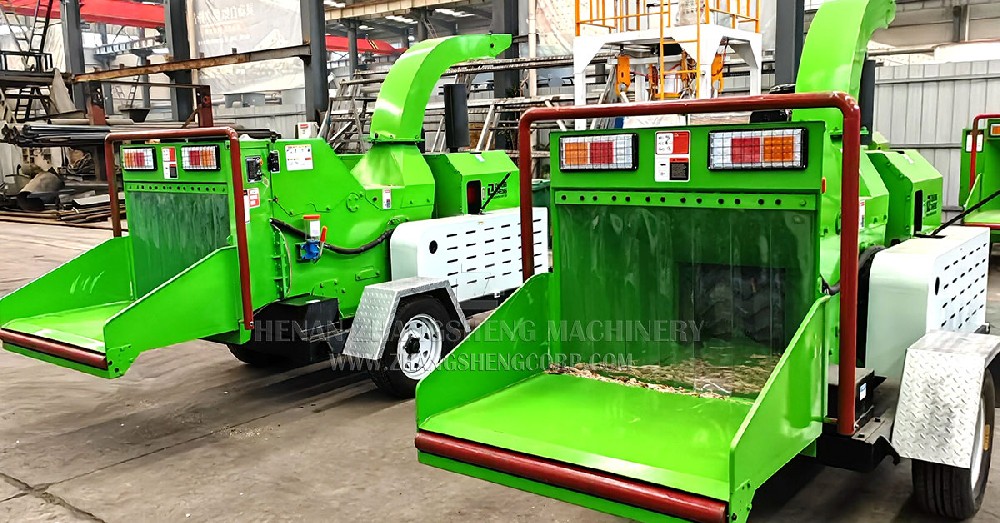So you’re clearing land, but you’re not sure whether to go with a horizontal grinder or a wood chipper. While both machines have their uses, understanding the key differences will help you choose the right one for the job. Let’s break it down!
Wood Chipper
Wood chippers are designed to break down smaller branches, leaves, and general forestry debris into small, manageable chips.
- Best For: Residential clearing, landscaping, and small to medium-sized projects.
- Advantages: Faster and easier to use for lighter jobs, more compact, and typically more affordable than grinders.
- Example: Our [Model A1000] is perfect for homeowners or small-scale contractors who need to clear brush or turn small branches into mulch.

Horizontal Grinder
Horizontal grinders are built for much heavier-duty tasks, such as processing entire trees, stumps, and large logs.
- Best For: Industrial forestry operations, land clearing on a large scale, and recycling wood into mulch or biomass fuel.
- Advantages: These machines can handle a wider variety of materials, including the toughest, largest logs. They also produce finer outputs than chippers.
- Example: Our [Model B2000] horizontal grinder is designed for high-volume, heavy-duty projects, and is ideal for large forestry operations.
Cost vs. Efficiency
While grinders tend to be more expensive upfront, they can save you time and money in the long run if you’re dealing with large volumes of material.
- Chippers: More cost-effective for small-scale operations or those only dealing with lighter debris.
- Grinders: A bigger investment but pays off when you need high-capacity output and heavy-duty performance.
Note:
Still unsure? Our team of experts can help you assess your specific needs and recommend the perfect machine for your project. Reach out today for personalized advice!


